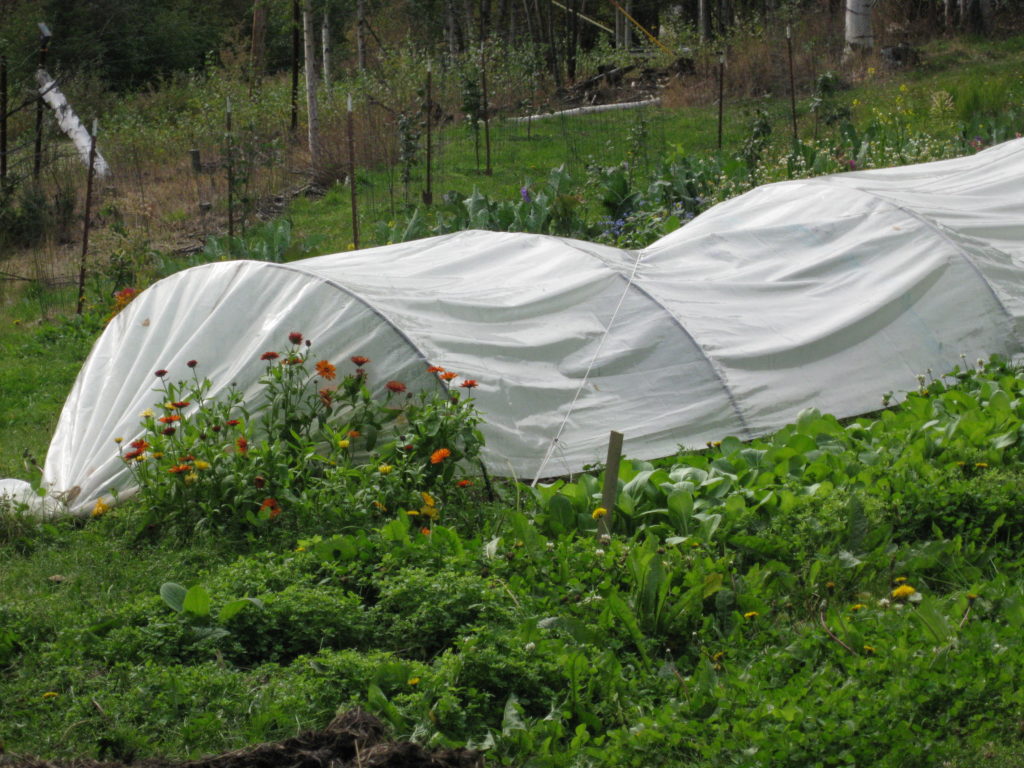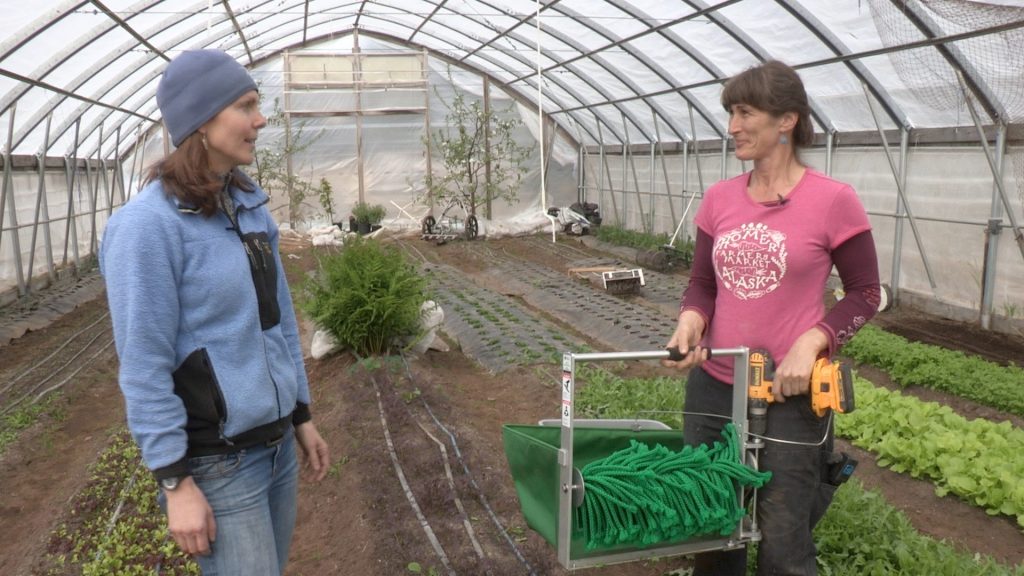There are never enough strawberries in our patch — I think my kids and my neighbor’s kids would agree!
I am not the only one who is figuring out how to grow strawberries successfully in Alaska. One of the top posts on my blog, It Grows in Alaska, is Untangling the Mysteries of Growing Strawberries in Alaska. To figure what I can do to bump up my strawberry production, I interviewed Andy Harper, a local strawberry farmer in Two Rivers, Alaska, as well as University of Minnesota researchers who have studied annual strawberry production using a low tunnel system.

Andy has a half acre of strawberries in production this year. Some of those plants are research plants. He said he started the farm because, “I love berries, I lived in the UK and Scotland, they love black currants, I love those. I met Papa [Meunier] and he had everything. All different types of berries. I just loved berries. So I decided I wanted to do berry farming. Strawberries are the only ones I can make money on the first year.”
Continue reading

